by Nutrition Foundation
Toddlers/pre-school children are growing and developing quickly and it’s an important time to make sure they are eating well to get all the energy (calories) and nutrients they need. This is also an important time for children to learn about food and eating, so that they get into the habit of consuming a healthy, varied diet, enjoyed with the rest of the family. However, for parents and carers it can be hard to know exactly what toddlers should be eating and in what amounts.
Types and portion sizes of food and drinks to feed your toddler/pre-school child
Portions – 5532-a-day
Perfect portions for toddler tums
Each day toddlers need three meals and some snacks made up of foods from the four main food groups, in the right balance and in portion sizes just right for them:
- Starchy foods x 5-a-day
- Fruit & vegetables x 5-a-day
- Dairy foods x 3-a-day
- Protein foods x 2-a-day (3 portions if child is vegetarian.)
- = 5532-a-day!
Food Groups
The information below describes these food groups in more detail and gives examples of foods and portion sizes suitable for children aged 1 to 3 years. It is important to remember that it is normal for a toddler’s appetite to fluctuate – they may eat lots of food one day and much less the next – and that some toddlers will need more foods than others, therefore a range of portion sizes for different ages and appetites are provided in the guidance below.
Starchy foods
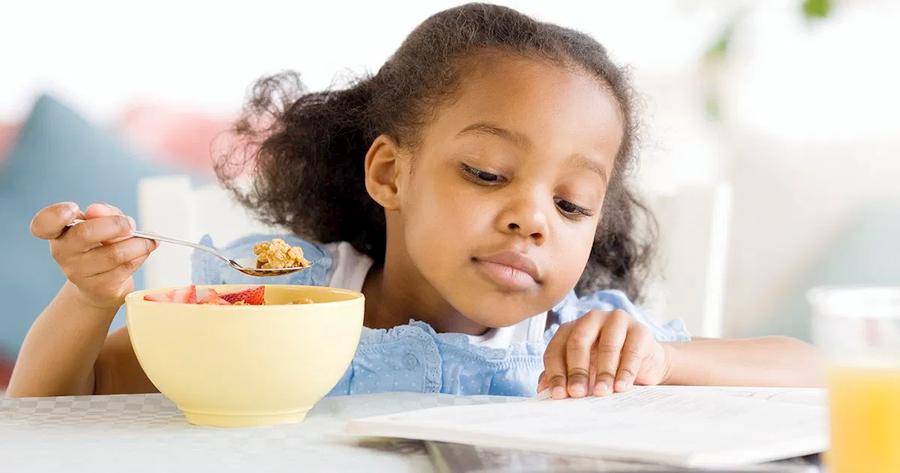
Starchy foods such as bread, rice, pasta, cereals, potatoes and yams, provide your toddler with energy, B vitamins, calcium and fiber. Fortified starchy foods, such as fortified breakfast cereals, can also provide iron and, in some cases, vitamin D. High fiber starchy foods, such as wholemeal pasta and brown rice, should be introduced gradually because toddlers can fill up very easily on these bulky foods and stop eating before they’ve eaten enough energy for their needs.
Try to give your toddler at least five portions of starchy foods per day. Here are some examples of starchy foods in toddler sized portions.
- ½-1 slice of bread
- 1-2 rice cakes or oat cakes
- 3-5 tbsp breakfast cereal
- 1-3 tbsp mashed potato
- 2-4 tbsp cooked pasta/rice
- 2-4 potato wedges
- ½-1 scone
- ½-1 chapati
- 2-4 tbsp canned spaghetti hoops
Fruits and vegetables
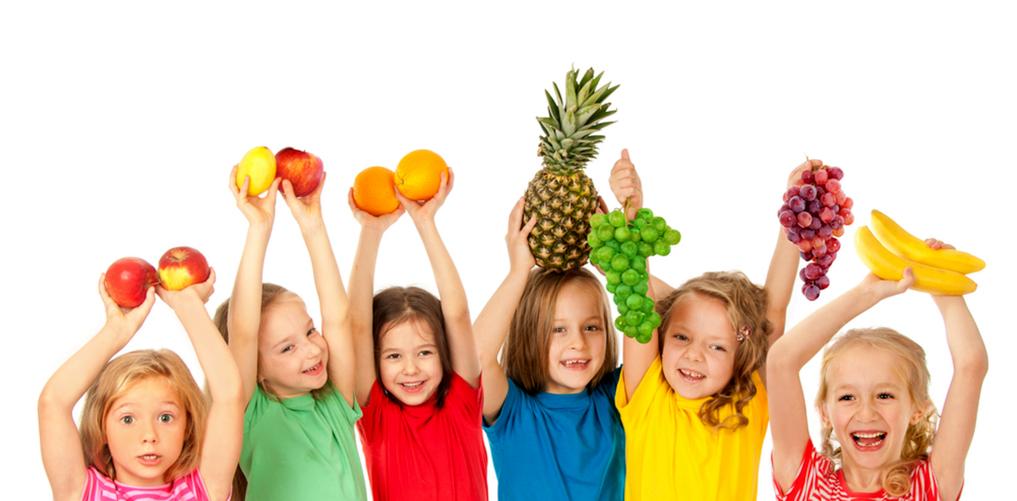
Fruits and vegetables are a really important part of the diet because they contain vitamin C and other vitamins and minerals as well as fibre. You should encourage your child to eat a variety of fruits and vegetables every day; it might be useful to think about the colours of fruits and vegetables and to offer ‘a rainbow’ of options, selecting those that are purple/blue, orange/yellow, green and brown/white. Some children may initially reject some fruit and vegetables, but don’t give up offering these foods – sometimes you might need to offer them 5 -15 times before your child accepts them (see page 3) – keep persevering! Encouraging toddlers to eat lots of fruits and vegetables will not only give them the nutrients they need but will also train their palate to like these foods, which will mean that they will be more likely to eat lots of fruits and vegetables throughout childhood and into adulthood.
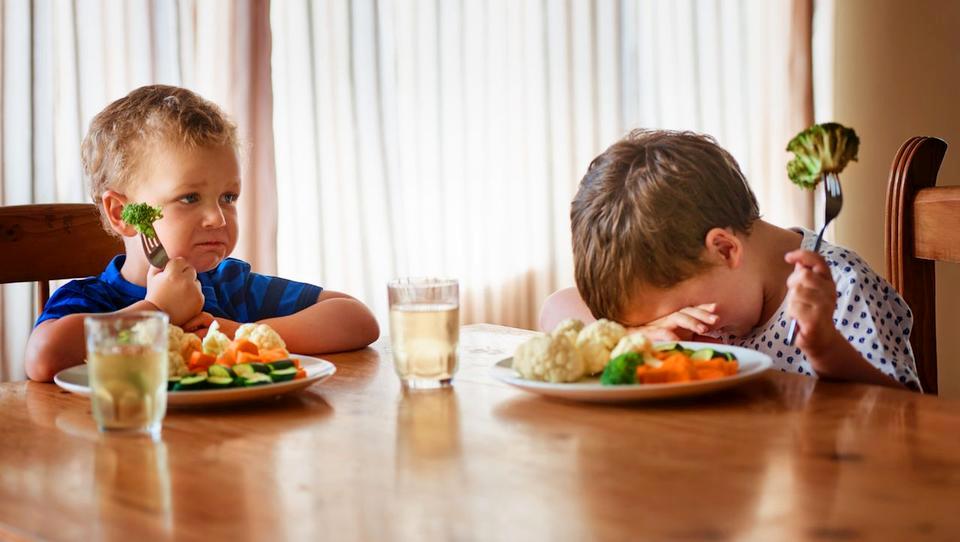
Toddlers should eat at least five portions of fruits and vegetables per day, here are some suggestions in toddler sized portions:
- ½-2 tbsp raisins
- ¼-1 banana
- 3-8 grapes
- ½-2 tbsp peas
- ½-2 tbsp broccoli
- ¼-½ medium apple
- 1-3 cherry tomatoes
- 2-6 vegetable sticks
- 2-4 tbsp canned fruit
Dairy foods
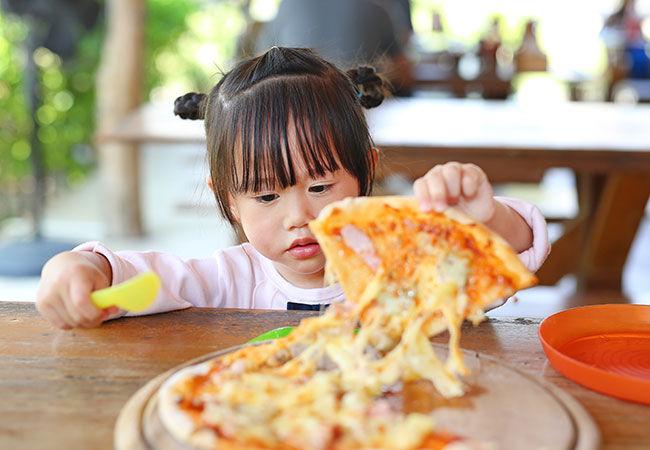
Dairy foods, such as cheese, yogurt and milk, are a very good source of calcium, protein, fat and vitamins B2 and B12. Full fat varieties are best for toddlers, but from two onward, semi-skimmed milk can be introduced if they are growing well and eating a healthy, varied diet. Skimmed and 1% milks are not suitable for children under five.
Toddlers need about three servings of dairy foods per day; here are some suggestions in toddler sized portions:
- 1 beaker of milk (100 ml)
- 1 pot of yogurt (125 ml)
- 1 cheese triangle
- 2-4 tbsp rice pudding
- 1-3 tbsp cheese sauce
- 2 small yogurt tubes
Protein foods
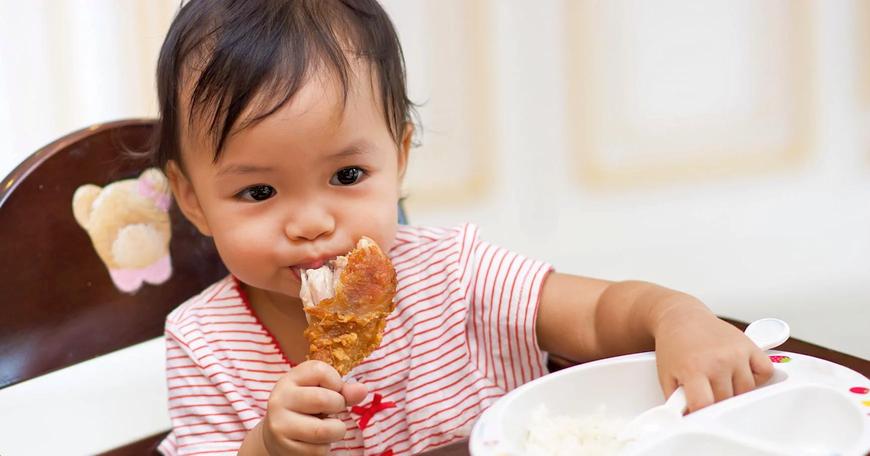
This food group includes meat, fish, eggs, nuts, pulses (such as beans, lentils and chick peas) and foods made from pulses (e.g. tofu, dahl and soya mince). These foods provide protein and iron, which are essential for a growing child. In addition, oily fish (e.g. salmon, trout and mackerel) is a rich source of omega-3 fatty acids and a dietary source of vitamin D. Try to serve these protein foods with another food or drink that is rich in vitamin C (e.g. fruit and vegetables) as this will help with iron absorption.
Your toddler needs two portions of proteins foods per day, three if they are vegetarian or vegan. Here are some example foods and portions:
- 2-3 tbsp chickpeas, kidney beans, dhal, lentils or beans
- 2-4 tbsp cooked minced meat
- 1-2 fish fingers
- 2-3 tbsp baked beans
- ½-1 poached, boiled or fried egg
- Peanut butter on bread or toast
Drinks
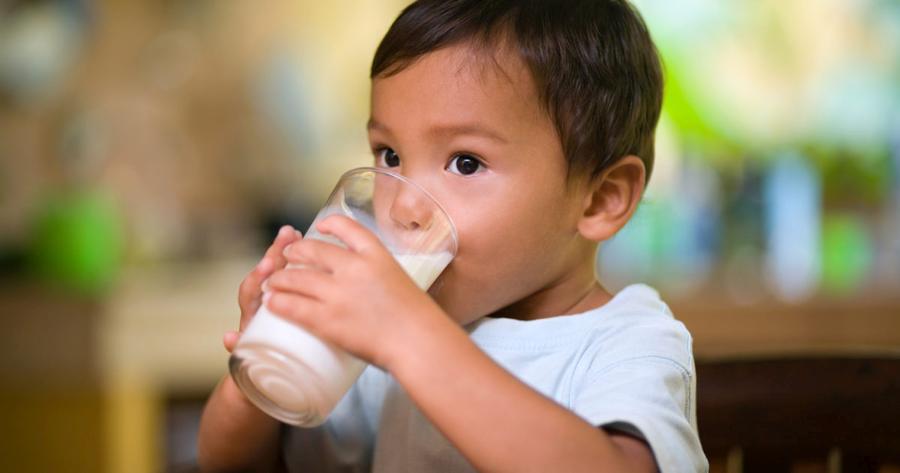
It is important to make sure your toddler is hydrated, because if not they may feel tired and not perform to the best of their abilities and in extreme cases may become seriously ill. Try to offer your toddler six to eight drinks per day (approximately 1 litre). It is best to give your child water as their main drink because it does not cause tooth decay, unlike drinks containing sugar, such as fruit squashes, fruit juices, sweetened milks and fizzy drinks. If you are to offer sugary drinks, they should be diluted and limited to mealtimes to protect your child’s teeth from decay, between meals water and milk are best. Also, to discourage your child from developing too strong a preference for sweetened drinks, it is best not to offer these too often. To protect teeth from decay, toddlers should be consuming drinks (including milk) from a cup or free flowing beaker and not from a bottle.
Foods to avoid
Avoid giving the following to toddlers:
- Salt – children aged 1 to 3 years should have no more than 2 g of salt (0.8 g sodium) per day to reduce the risk of health problems in later life. Foods prepared at home can be flavoured with herbs, spices or lemon instead of salt. Some foods, such as cheese and meat products, are relatively high in salt so try to check food labels and avoid those which have more than 1.5 g of salt per 100 g (or 0.6 g sodium).
- Raw eggs – eggs should be cooked until the white and yolk are solid. Foods containing raw or partially cooked eggs should be avoided to reduce the risk of salmonella poisoning.
- Shark, marlin and swordfish should not be given to toddlers because they contain more mercury than other types of fish.
- Whole or chopped nuts should not be given to children under the age 5 because of the risk of choking.
- Low-calorie foods – for most toddlers there is no need to offer ‘low-calorie’ or ‘low-fat’ foods because children of this age need lots of energy for growing and for physical activity. However, once a varied diet is accepted and provided your child is growing well semi-skimmed milk can be introduced from 2 years.
- Sugars – sweet foods and drinks can lead to tooth decay, so these foods should be limited and consumed only at mealtimes.
The information contained in this article is for educational and informational purposes only and is not intended as health or medical advice. Always consult a physician or other qualified health provider regarding any questions you may have about a medical condition or health objectives.





